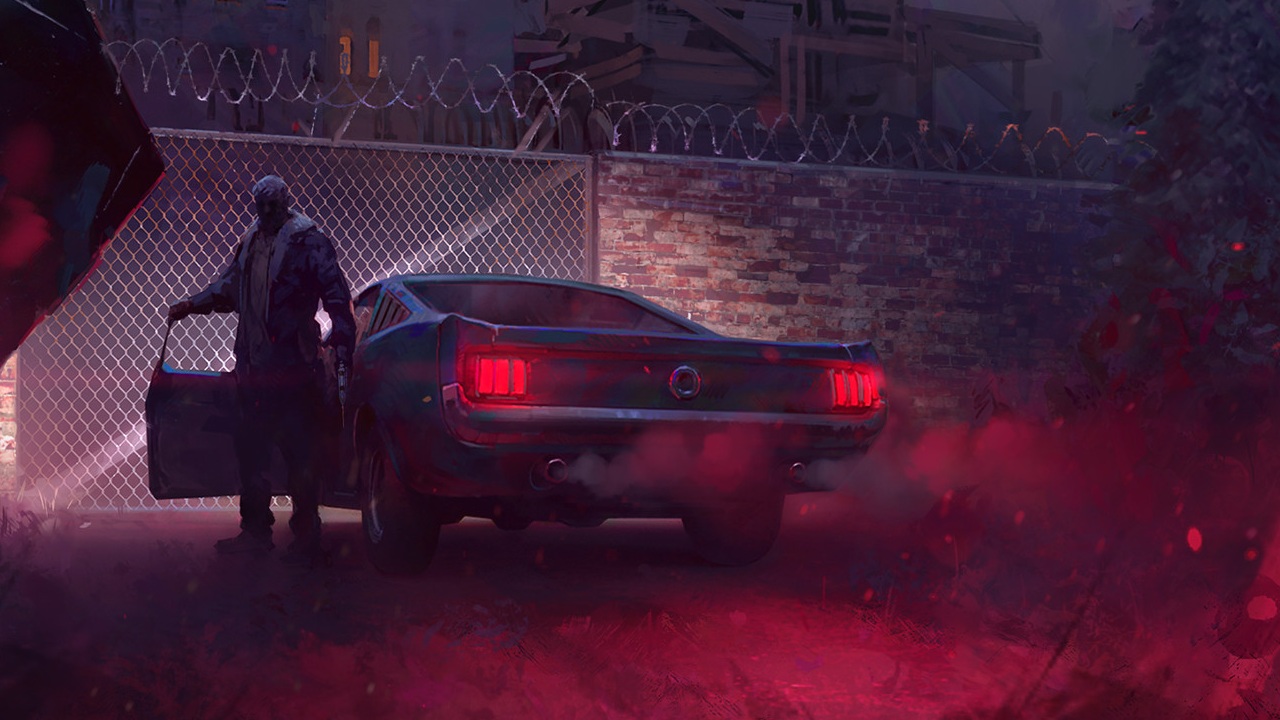Crytek went so overboard on the Crysis tech it created a whole blushing system, implemented nose shadows, and sent devs to photograph leaves in Haiti to get the translucency right: 'We went over bonkers on this one'
"The shader work that came out of this was mind-blowing at times."

2007 shooter and part-time meme Crysis is the subject of an in-depth retrospective in the latest issue of PC Gamer magazine, in which Rick Lane sits down with Crytek CEO Cevat Yerli to go over the game's development. Coming off the back of Far Cry, the studio's ambition for what its next game would deliver in terms of physics and visuals was huge—to the extent that one of the minor tasks Crytek set itself was to build a new engine that could achieve a level of visual complexity that CryEngine 1 was never built for.
"[The new engine] allowed us to drill into things like snow shaders, frozen shaders," says Yerli. "Some of this work was really cool. The shader work that came out of this was mind-blowing at times."
Yerli makes a distinction between photorealism and video realism, with the latter being Crytek's goal for how its jungle environment would look.
"Video realism was about [how] things in motion should look real, as opposed to [in] screenshots," explains Yerli. "Video realism allowed us to study motion blur, depth of field, animations, physical reactions. Breakable trees came out of this, right? Where we said we've got to have destruct[ible] vegetation."
Crytek decided the only way to get its jungle perfect was to go and photograph the real thing: So it sent a research team of developers to Haiti to document an actual jungle environment as best they could.
"They took a gazillion photos and videos, and they studied the light interactions with the trees and the canopies for god rays, and subsurface scattering… this soft, green translucency where the sun is behind [the leaf]", says Yerli. "Subsurface scattering was a technology that existed already in engines, but was super slow. Nobody had done it at scale."
Crytek got properly into the weeds on dynamic lighting, with Yerli and the team refusing anything less than high-quality dynamic lights and shadows in a detailed open world environment. On top of which, all the flora had to move: Both the organic sway of nature rustling away, and responding to things like characters brushing past.
Keep up to date with the most important stories and the best deals, as picked by the PC Gamer team.
"We were simulating the trees for physics. We were bending them in different wind directions, and then eventually the light and the shadows will be all in real time, all the way to subsurface scattering on the leaves." This led to the studio's half-joking assertion that "one tree has more technology built in than the entire algorithm for rendering Far Cry."
This dedication could sometimes tip over into something that looks a little like obsession, with the tech also being applied to character surfaces and how they moved. Yerli says that Crysis included a skin shader that's precise down to the eyes. "Even the eye had, like, shadow within the eyeballs. Shadow maps [are] calculated for the face itself. So when the light was shining from a certain angle, the nose would cast a shadow."
The game even had a dedicated skin shader that, if required, could make characters blush. "We went over bonkers on this one," laughs Yerli.
Which is probably why we're still talking about the game nearly two decades later, even if you never noticed your super soldier blushing. The full interview contains much more on the over-the-top ambition of Crysis's development, some of which had amusing and unexpected outcomes: The game's magical Nanosuit turned out so convincing that an actual nanotech conference asked Yerli to give a keynote speech. "I said, excuse me, but this is all fake."

Rich is a games journalist with 15 years' experience, beginning his career on Edge magazine before working for a wide range of outlets, including Ars Technica, Eurogamer, GamesRadar+, Gamespot, the Guardian, IGN, the New Statesman, Polygon, and Vice. He was the editor of Kotaku UK, the UK arm of Kotaku, for three years before joining PC Gamer. He is the author of a Brief History of Video Games, a full history of the medium, which the Midwest Book Review described as "[a] must-read for serious minded game historians and curious video game connoisseurs alike."
- Rick LaneContributor

